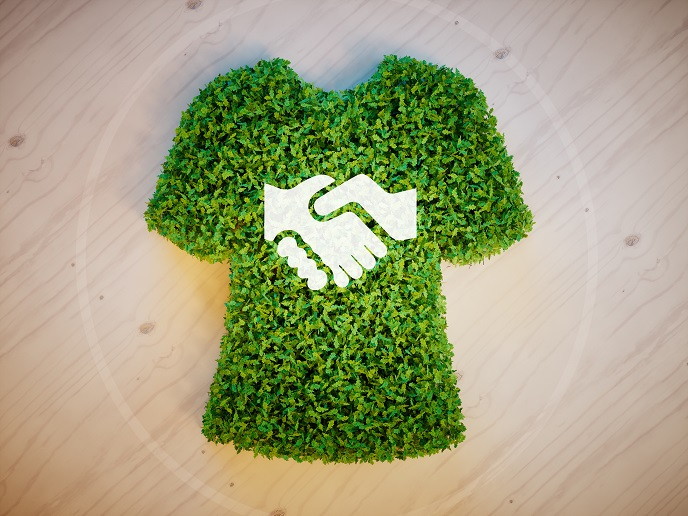Setting new standards in wearable fashion and smart textiles trend
A new knowledge platform, WEAR Sustain(opens in new window), is leading the way in ethical and sustainable wearable technology innovation, setting the stage for new industry standards. WEAR engages creative professionals, designers and artists across Europe, sharing knowledge to co-create and market the next generation of wearables. The initiative has brought together some 46 teams of designers and scientists to develop fully functional prototypes of wearables. All projects, says senior researcher and WEAR project coordinator Dr Heritiana Ranaivoson, were chiefly selected on how they respond to challenges related to ethics and sustainability. “Emphasis on these two core issues intended to tackle the bigger issue of data privacy, collection and use, as well as labour practices within the fashion, textiles and technology industries, and the huge environmental impact of these sectors,” he explains. Since its inception, WEAR has enforced some key principles in limiting data collection and use to what is needed for a wearable to work properly. “I think this worked as an eye opener for some of our teams,” Dr Ranaivoson notes, explaining how it pushed some projects to move even further, developing even an alternative reality adventure game to raise awareness among users of how data are collected about them at all times. Teams within the project have also focused on developing wearables geared for disabled people. Quietude(opens in new window), for example, features a collection of interactive jewels that enhance the experience of sound for deaf women. They detect sounds and translate them into vibrations, light and shape changes. WearWorks(opens in new window) is a haptics design company developing an innovative tactile-based language with their first wearable device called Wayband, targeted for the blind and visually impaired. Other health and well-being prototypes have been developed to prevent spinal cord injuries, monitor UV index for children, and even assist musicians with special gloves. Many of these projects, with the support of consortium partners, have successfully taken their prototypes to market. Some have received venturing support to meet this goal. A paradigm shift in fashion textiles WEAR Sustain began with the meetup group e-stitches(opens in new window) and their desire to widen the network. Consortium partners continue to bring a deep motivation and passion to influence and change industry practices. “We could not have achieved such profound success without the help of a vast number of experts, mentors, hub leaders and other service providers,” the coordinator underlines. Beyond their support and help in raising awareness, they “promoted this new and promising movement of more socially and environmentally beneficial practices in the fashion, textiles and technology sectors.” WEAR Sustain aims to become a recognised and paradigm-shifting framework for future novel products and projects within the fashion and textiles industry, “leaving the world a better place for society and consumers,” according to its charted goals. Embedded in the WEAR Sustain online network is a strategy toolkit that launched in December 2018, helping set guidelines and best practices for design, materials circularity and product life-cycle development. “This is key to contributing to future innovation, sourcing, development, manufacturing, waste management,” Dr Ranaivoson emphasises. “It is key to replicating the successful ethics and sustainability outcomes across other industries and European countries.”







